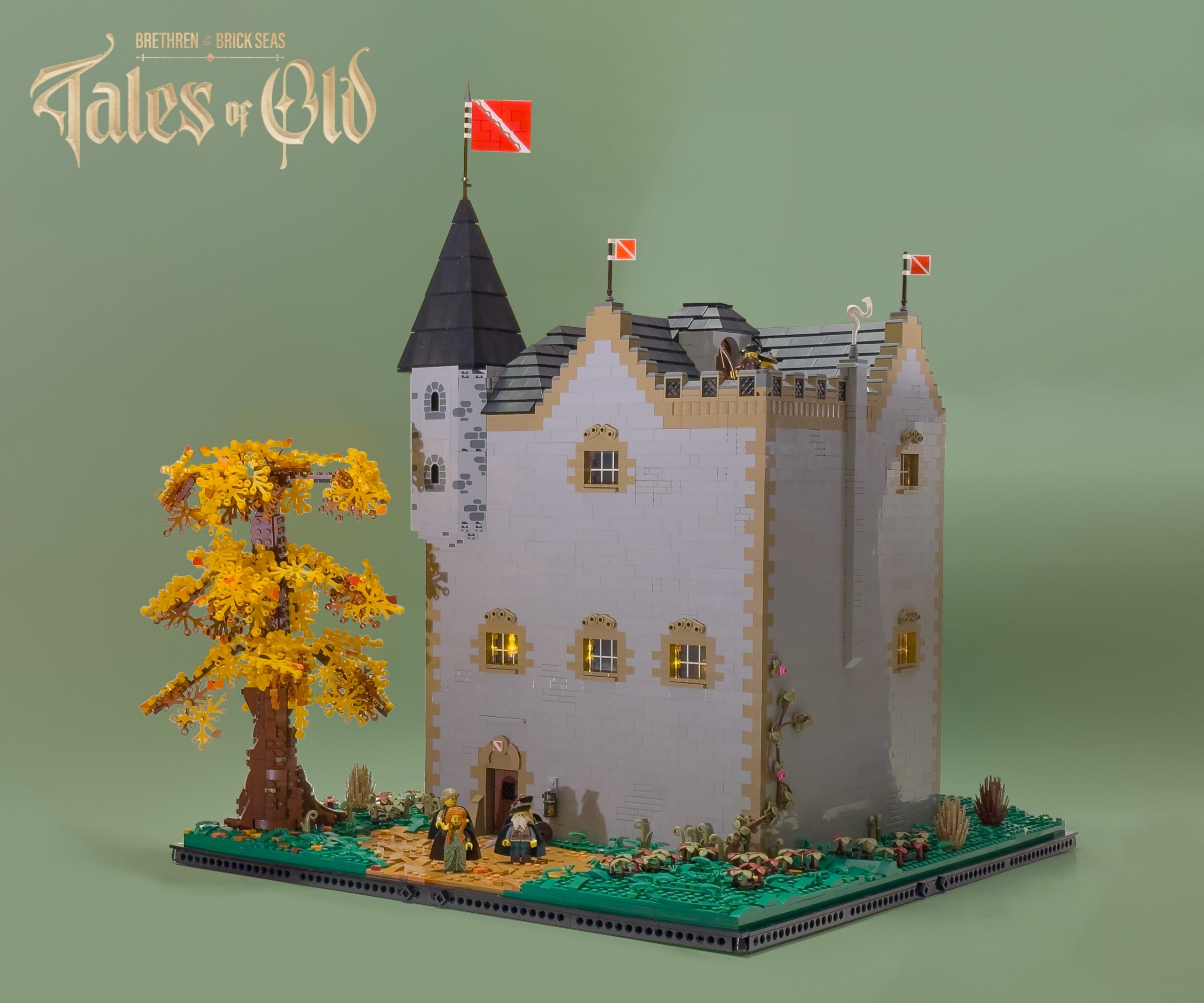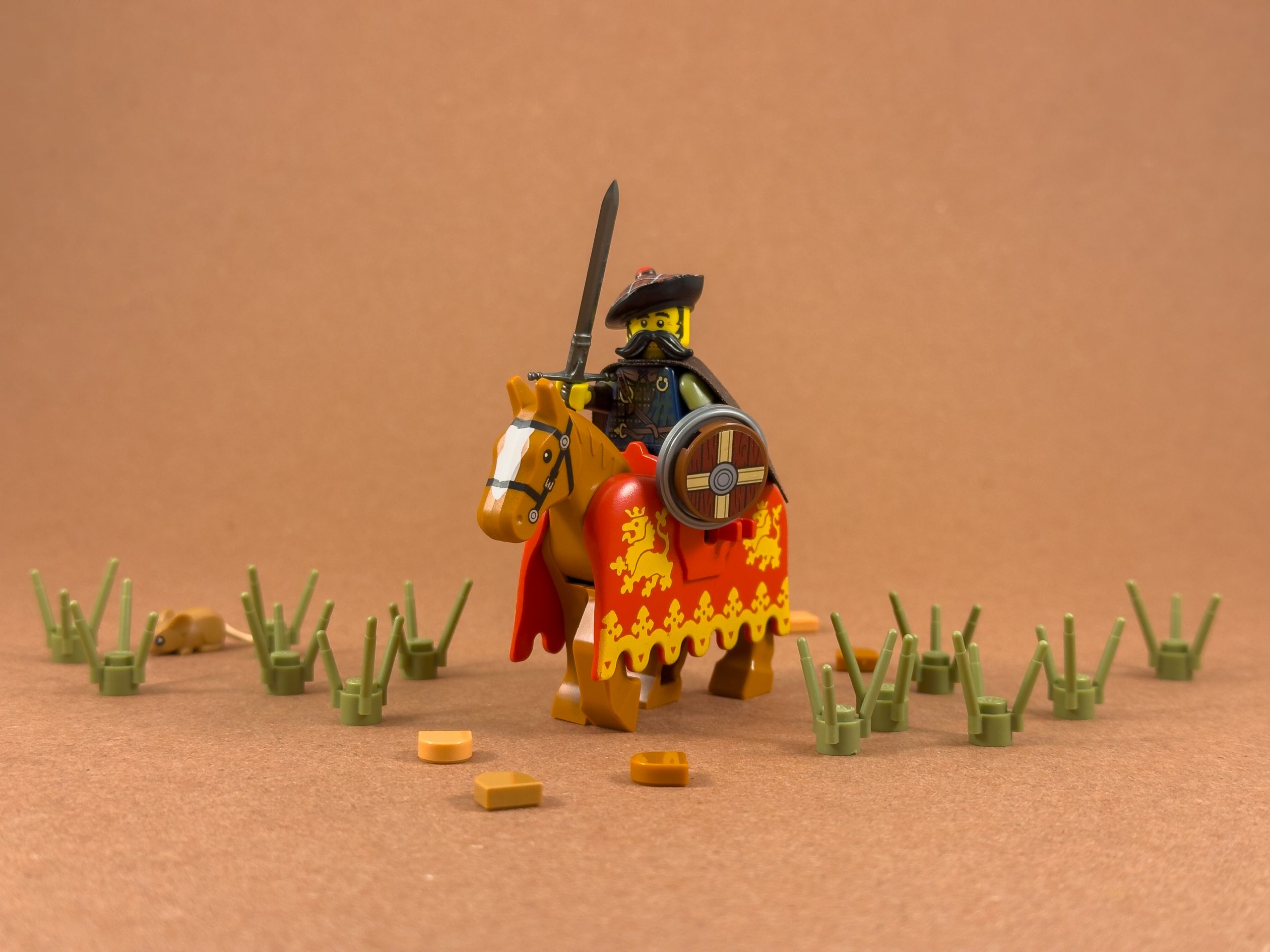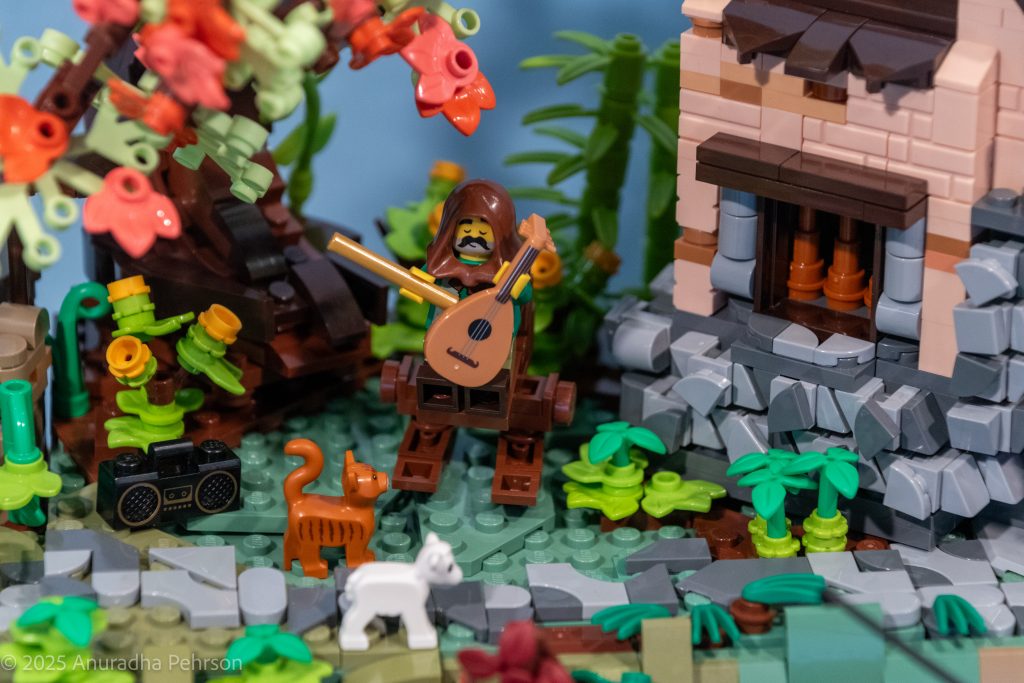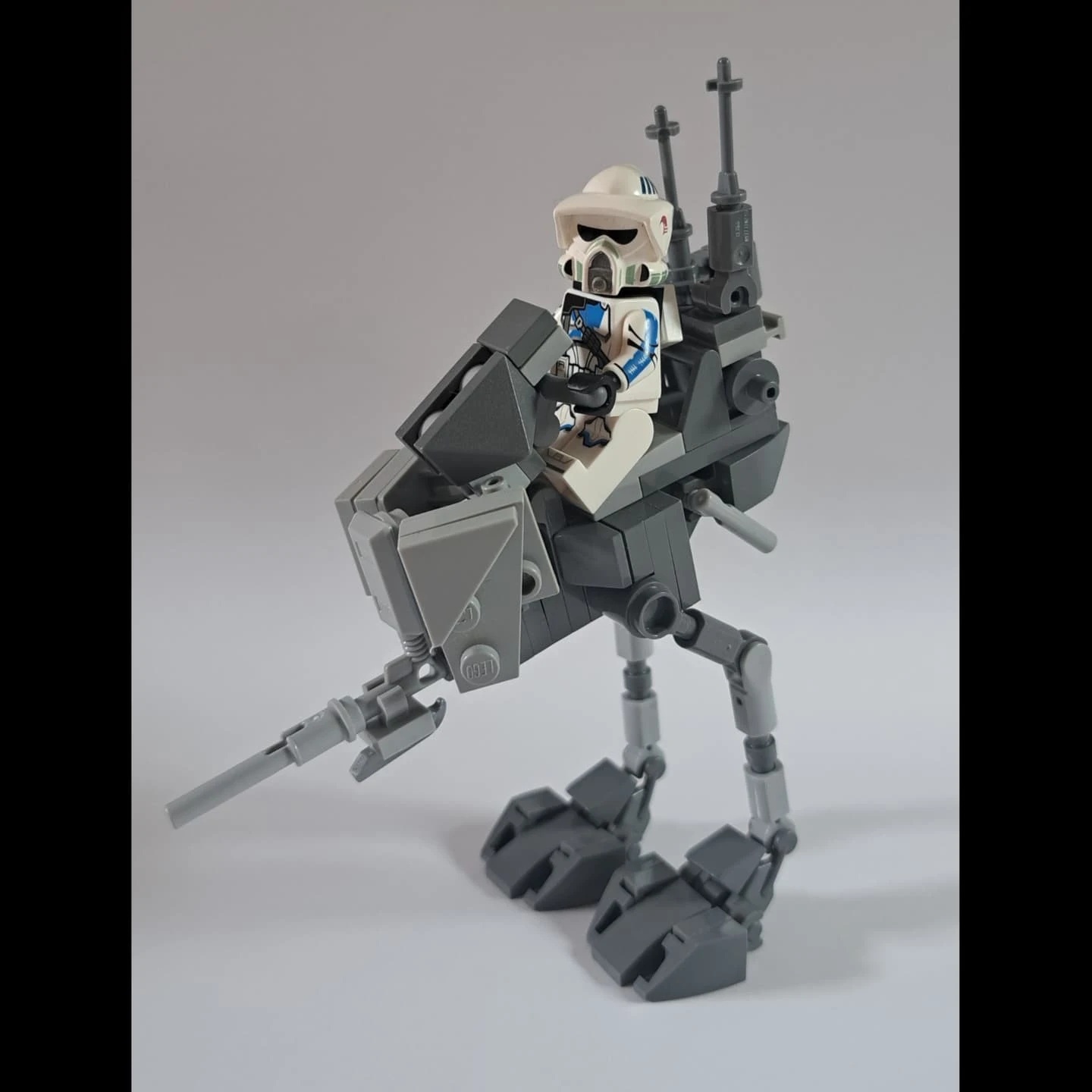When I volunteered to help run the new Tales of Old game (it’s a medieval LEGO RPG!) on EuroBricks in September 2025, I had no idea I’d have a massive castle keep sitting in the middle of my build area a month later!

In the game, I created a character named Duncan, who is loosely based on real-world medieval Celtic and Gaelic cultures. Duncan has a Scottish tam hat from the bagpiper CMF, and kilted-torso from the Highland Warrior CMF, plus he sports a large black mustache and BrickArms claymore.

Pour yourself a wee dram and join us for the rest of this Highland building adventure














